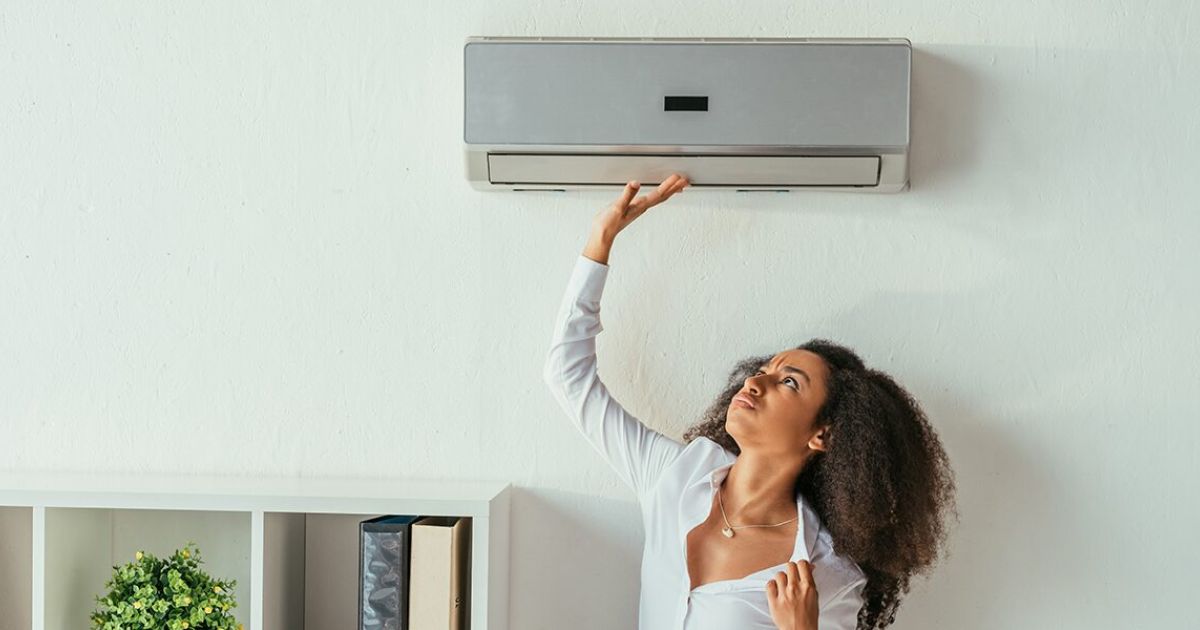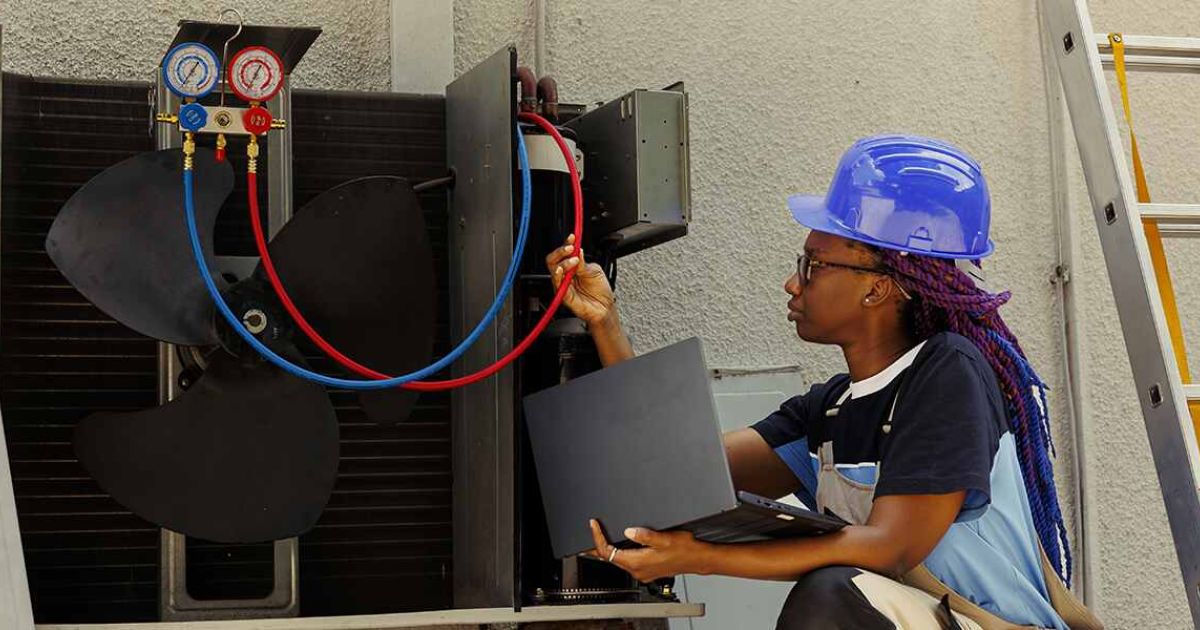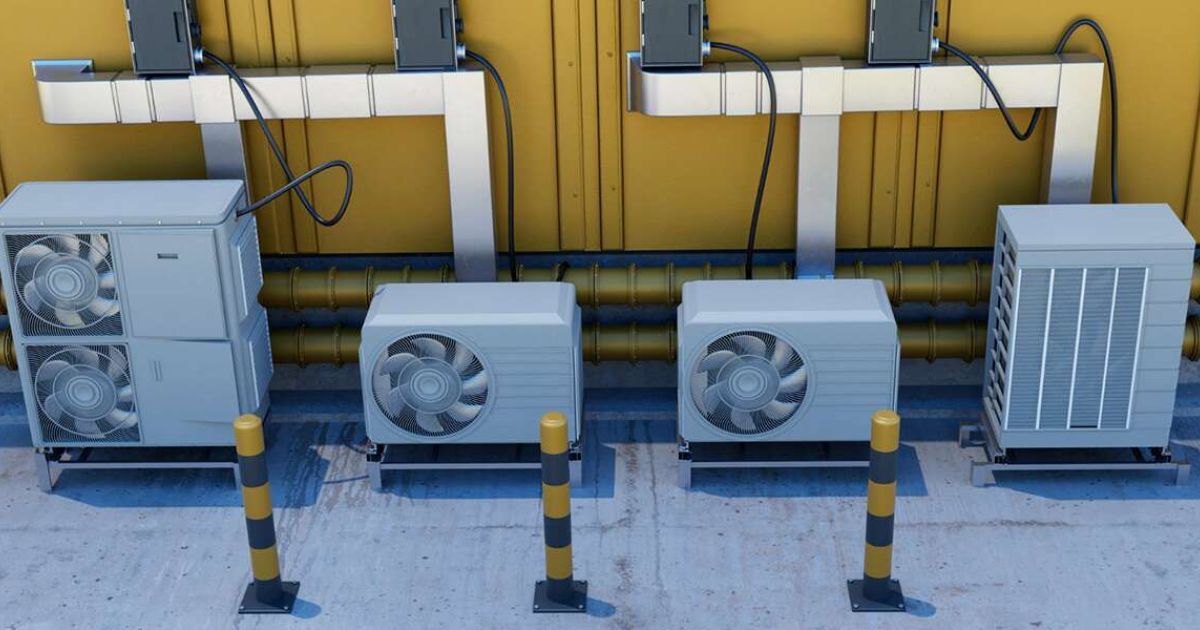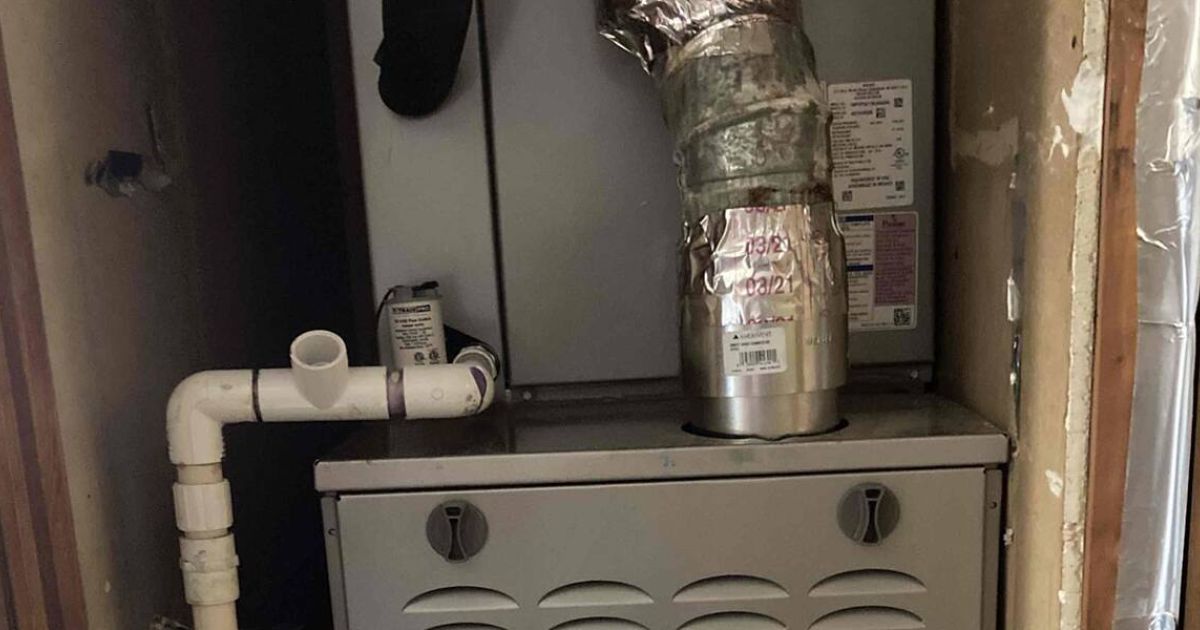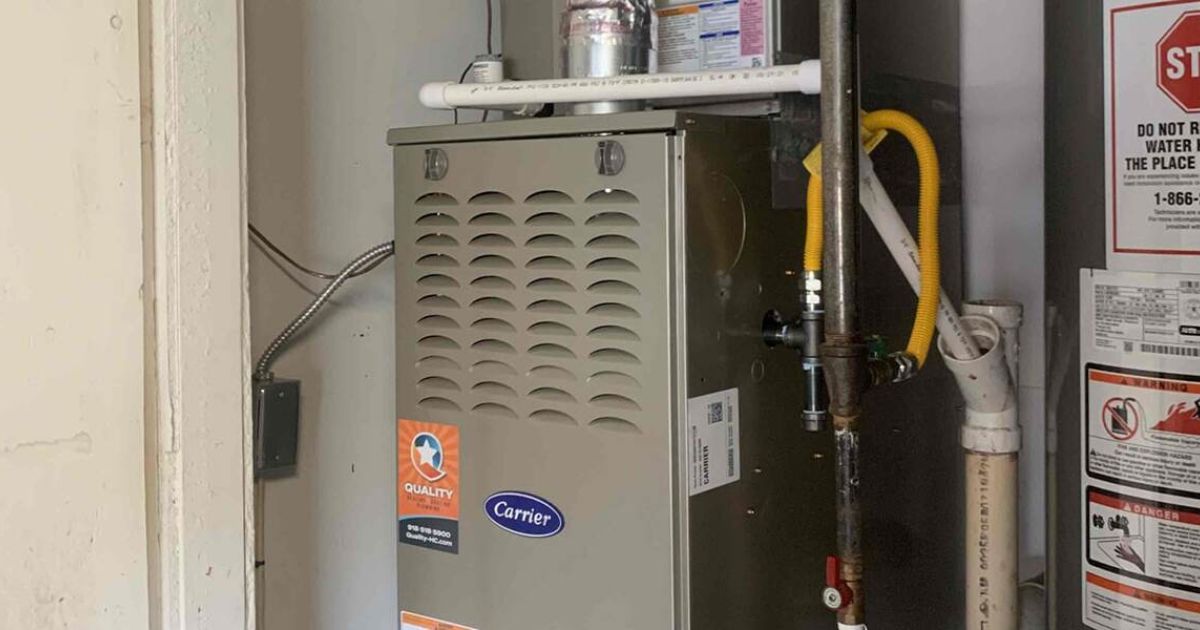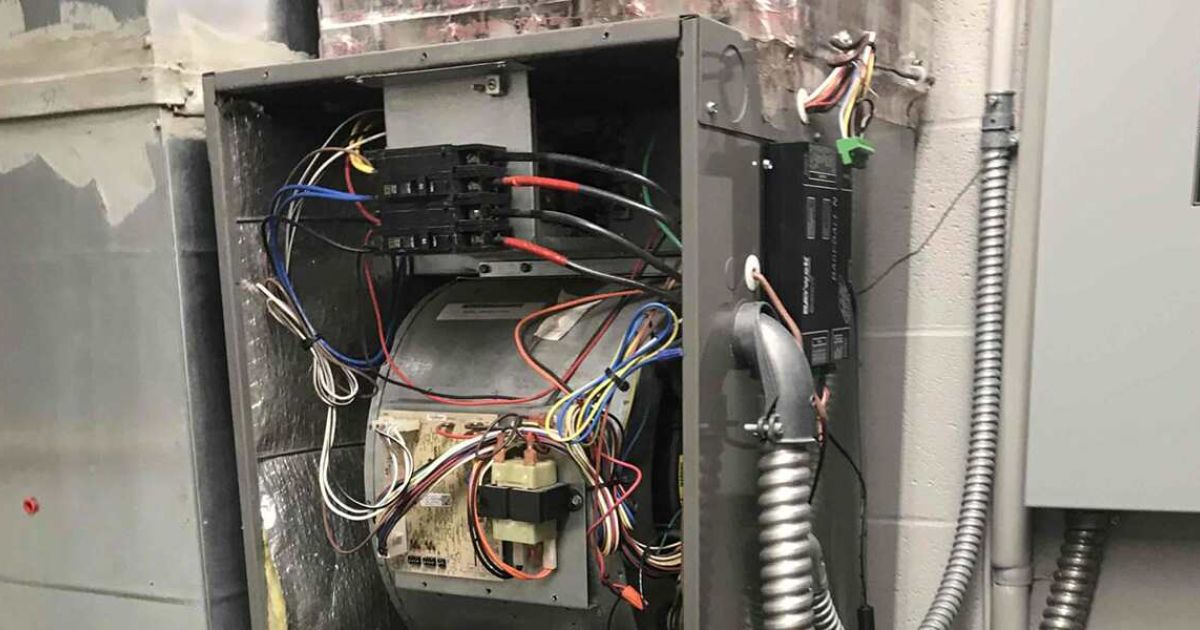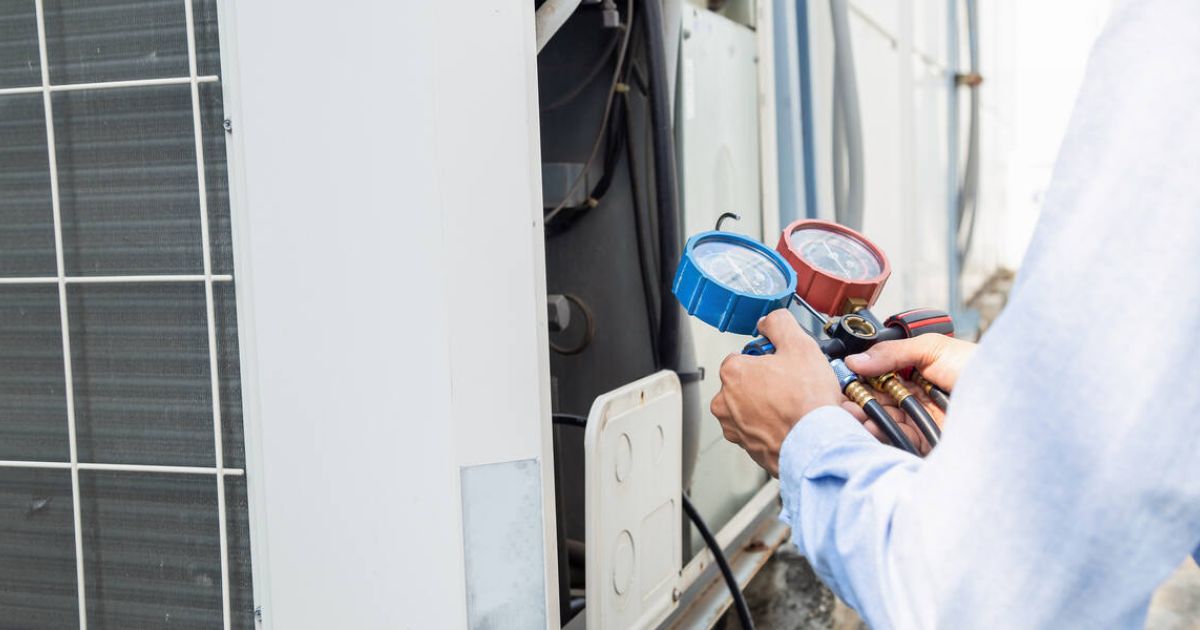

If you’re like most homeowners, you probably don’t interact too closely with your HVAC system, and for good reason. The furthest you might go is getting up to change the temperature or other settings through the thermostat. Otherwise, the majority of HVAC servicing will fall to a professional HVAC technician to diagnose and resolve new issues or perform ongoing maintenance to the condenser, air handler, and HVAC registers.
But what are HVAC registers? As a trusted AC repair company in Tulsa, OK, our team at Quality Heating, Cooling, & Plumbing explains everything you need to know about HVAC registers, what they do, and how you can customize them to make your AC vents a charming design feature in your home.
Understanding HVAC Registers and Other Types of Vents
HVAC registers are vents in multiple areas around your house. They’re small yet key parts of air conditioning systems that are easy to overlook since people walk by them all the time. Despite this, they play a pivotal role in how your AC distributes air. They tend to cover holes in the walls, ceilings, or floors.
Registers are essential in helping an HVAC supply and control air flow throughout a building. Although they are usually rectangular, the size isn’t standard, and you can find them in multiple shapes and form factors.
Since registers are a type of vent, it’s worth knowing about the other kinds of vents in your home and how they compare to each other. Your HVAC system likely uses a combination of grilles, registers, and diffusers to achieve peak ventilation.
Grilles
Grilles are the most simple type of vent. They have slits that allow air to flow through the area they cover, with some featuring angled slats called louvers to help direct the flow of air in a certain direction. However, most grilles are static, meaning they don’t move and have limited functionality when it comes to adjusting airflow.
Registers
Registers are just like grilles but with the added functionality of dampers. This additional mechanism allows a register to control the air flowing out of an AC by opening and closing the register. The purpose of this is twofold since the direction and amount of air can change depending on where you set the damper.
Diffusers
Diffusers take the idea of a register further by pushing conditioned air into multiple directions throughout a living space. Like registers, diffusers come with dampers to adjust airflow at the user’s discretion. These are great for creating an even circulation of air within a room, such as a living or dining area.
How Do HVAC Registers Help Your AC?
Although simple in design and concept, registers are instrumental to HVAC units by providing both cooling and heating ventilation to your house. Since AC units produce and condition air through a mechanical ventilation system, it means the air must work its way through the ductwork and flow throughout the house. Your HVAC system continuously accomplishes this process through various types of vents.
Supply Vents
A supply vent allows hot or cool air that the AC produces to exit an air duct and enter a room. When an AC is set to “auto” on the thermostat, it will go through cycles of blowing air throughout the house. You may even be able to hear the air coming through the supply vents. When answering the question “What are HVAC registers?” the answer usually ends up being “a type of supply vent” since registers are a popular design for supply vents, but grilles are also a viable option.
Return Vents
On the flip side of supply vents are the aptly named return vents. These allow HVAC units to pull air in through a large duct and return air to the system to redistribute it as either hot or cool air that ends up passing through supply vents.
Return vents are larger than supply vents and are common in higher, harder-to-reach areas, such as ceilings or at the top of a hallway wall.
Other Vents
Other, more specialized vents appear throughout many homes, such as:
- Dryer vents in the laundry room, which help remove the heat, moisture, and lint that accumulates during a drying cycle
- Bathroom vents that aid in removing moisture, humidity, and odors from the bathroom
- Kitchen vents located above the stove help get rid of pollutants like carbon monoxide and nitrogen dioxide while cooking
HVAC Registers Are Highly Customizable
You probably pay little thought to your HVAC registers since they don’t often require much thought or attention beyond adjusting the flow of air into a room. However, customizing registers and other vent types is a great way to add style and functionality to a home.
Because registers don’t connect to the more mechanical components of an AC, it means you can replace or customize them with relative ease. Oftentimes all you need is a ladder, ruler, and screwdriver to get the job done. If your current registers are metal and stick out of the wall or ceiling like a sore thumb, then you can either paint them or purchase new ones to blend in, giving your home a cleaner, more consistent look.
On the other hand, you might want to choose registers that add a bit of class to your home by accenting parts of your wall or ceiling. This will allow you to maintain the benefits of adjustable ventilation while giving your home an updated interior design.
Get Quality AC Service Today
Looking to get the most out of your AC? Quality Heating, Cooling, & Plumbing can help! As a locally owned and operated business, we go the extra mile every time. We provide a host of services, from AC to heating, plumbing, drains, and water heaters. If you have a list of questions to ask an HVAC contractor, such as “what are HVAC registers?” we’re here to answer them!Contact Quality Heating, Cooling & Plumbing today at (918) 212-0122 to schedule service and return your home to a place of comfort today!

Cassie Pound is the Vice President of Quality Heating, Cooling, Plumbing & Electric with locations in Tulsa, Glenpool, and Bartlesville, Oklahoma.


